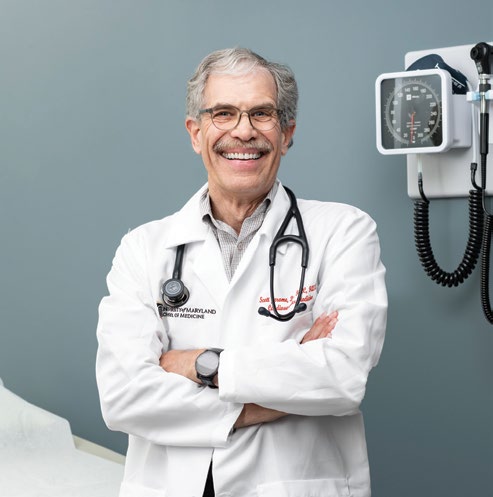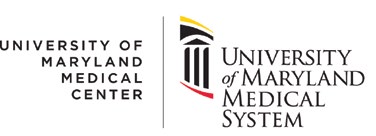Partner Content
“Even people who feel perfectly healthy can have silent cardiovascular issues. Sports cardiology provides that extra level of expertise to evaluate an athlete’s heart.”
Dr. Jerome has always been fascinated by the dynamic and impactful field of cardiology and its direct ability to save lives. Here he speaks to Baltimore about overall heart health and his specific interest in the rapidly growing subspecialty of sports cardiology:
What are some of the common conditions you see in your practice?
They include coronary artery disease, which can lead to chest pain or heart attacks, as well as heart failure, high blood pressure, and high cholesterol. I also care for patients with rhythm issues like atrial fibrillation, palpitations, and unexplained episodes of rapid or irregular heartbeat. Shortness of breath is another common symptom that brings people in. Often, my role is not only to treat these issues, but also to catch them early—before they become emergencies.
You specialize in sports cardiology. What is that?
It focuses on the unique cardiovascular needs of highly active individuals, from competitive athletes to tactical athletes like firefighters, police officers, and military personnel. When people train regularly at a high level, their hearts adapt in ways that can look very different from non-athletes. This is called “athlete’s heart” or cardiac remodeling. These changes are often completely normal in trained individuals, but on a standard test, they can look like something dangerous if not interpreted correctly. That’s where sports cardiology comes in—to distinguish what’s normal from what might signal an underlying issue.
Who benefits from sports cardiology?
Anyone who is active, at any age or level, high school and college athletes, weekend warriors, marathoners, cyclists—even pickleball players. One of our most important roles is screening athletes for underlying heart conditions that could put them at risk. In younger individuals, we focus on congenital issues; in older athletes, the focus often shifts to acquired conditions like coronary artery disease, valve problems, or arrhythmias. Even people who feel perfectly healthy can have silent cardiovascular issues. Sports cardiology provides that extra level of expertise to evaluate an athlete’s heart within the context of their training, goals, and with safety in mind.
Why is sports cardiology one of your professional passions?
Sports have always been a central part of my life, but it became professional almost by accident. Years ago, I was treating a patient who coached a women’s college basketball team. She asked me about one of her athletes who was having some unusual heart symptoms. I ended up seeing that student as a patient and in that moment, I realized how important it was to have specialized knowledge when caring for athletes. The physiology, the risks, and the interpretation of test results are often completely different than in the general population.
What are advancements taking place in your field about which you are excited?
One of the most important is the growing awareness around cardiac risk in athletes and the widespread implementation of emergency action plans at sporting events. We’re also making major strides in wearable technology. Devices that track heart rate, rhythm, heart rate variability, and oxygen consumption are helping us detect problems earlier, sometimes even before symptoms develop. Another exciting development is the refinement of national guidelines for screening and evaluating athletes. There are also now programs to educate new cardiac specialists in sports cardiology. The dedicated training track at University of Maryland is one of the first in the country.
What suggestions do you have for anyone who wants to improve their cardiac health?
The foundation of heart health really starts with lifestyle. I encourage everyone to get moving. Aim for at least 150 minutes of moderate exercise per week. That could be brisk walking, cycling, swimming—whatever keeps you active and consistent. Nutrition is just as important. A Mediterranean or mostly plant-based diet rich in vegetables, fruits, whole grains, lean proteins, and healthy fats, has been shown to lower the risk of heart disease. Limit processed foods, added sugars, and excess sodium. We also need to be mindful of weight. Obesity is a major driver of heart disease, as well as related conditions like diabetes. Addressing it early through healthy habits rather than quick fixes is key to long-term prevention. Finally, avoid smoking. Heart disease is often preventable. Small, consistent changes in how we eat, move, and manage stress can have a lasting impact on our cardiovascular health.

SCOTT JEROME, DO, F.A.C.C., F.A.S.N.C., F.S.C.C.T.
Assistant professor and director of ambulatory services and outreach cardiology for the division of cardiovascular medicine, University of Maryland
University of Maryland Faculty Physicians at Reisterstown Crossing
118 Westminster Pike | Suite 106 | Reisterstown, MD 21136
410-876-0086 | UMM.edu/Heart
